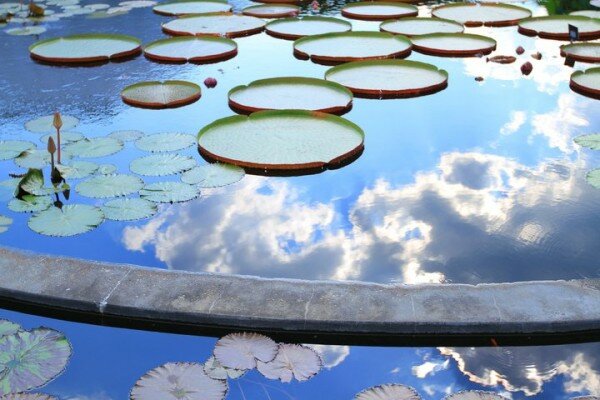
If city life, office life, or life in general has you feeling a little short of breath, consider acquiring some green, leafy friends to help alleviate the strain on your lungs.
Similar to the calming feeling you might get from spending time in nature – whether it’s a hike in the boondocks or an “escape” to an urban park – house plants can provide a more relaxing atmosphere and purify the air in your apartment or cubicle.
According to the Centers for Disease Control and Prevention, indoor air pollutants are either biologic (bacteria, molds, viruses, animal dander) or chemical (carbon monoxide, smoke, volatile organic compounds, etc.). These pollutant levels increase when not enough outdoor air is brought in to dilute emissions from indoor sources and carry pollutants out.
If you’re stuck in a windowless office or inside your home during the winter – when increased temperature from your heater makes an even more inhabitable space for pollutants – you’ll definitely want to look into incorporating some greenery into your décor for your health’s sake.
In fact, NASA scientists even conducted a study to determine which plants best filter indoor air (for use in, say, a space station). And if you don’t exactly have a green thumb, not to worry; many of these plants are low-maintenance.
For those who like flowers
If you’re looking to also liven up the place with some color and frills, chrysanthemums or gerbera daisies might be your best bet.
Chrysanthemums will filter both benzene and formaldehyde and does best in direct sunlight. Modern cultivated chrysanthemums (as opposed to those in the wild) can produce daisy-like or ornamental flowers in a variety of colors.
Gerberas come from the sunflower family and bloom in nearly every color. They require a lot of sunlight but will remove both benzene and trichloroethylene from the air.
Other toxin-fighting plants include the bamboo palm – also known as the reed palm – which thrives in shady indoor spaces and is great for filtering out benzene and trichloroethylene, as well as formaldehyde that may be coming from furniture; English ivy; spider and rubber plants; and elephant ears. For a full list, visit the Mother Nature Network.
Breathe easy, my friends.
By




Jenn at Hello, Brio!
Incorporating plants into a space really makes a big difference. I have two large plants in my office/bedroom and not only does it keep my air cleaner, it also just makes me happier in general